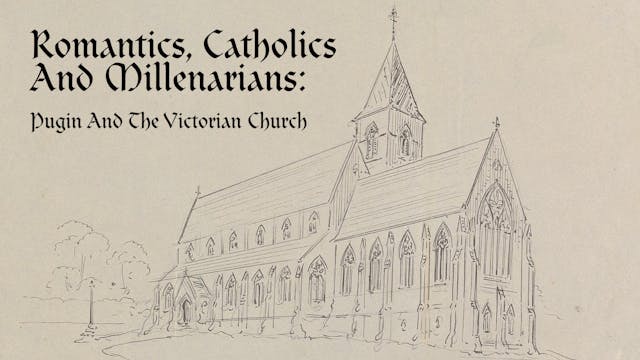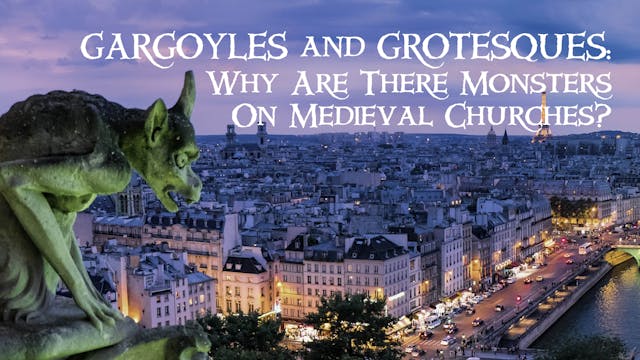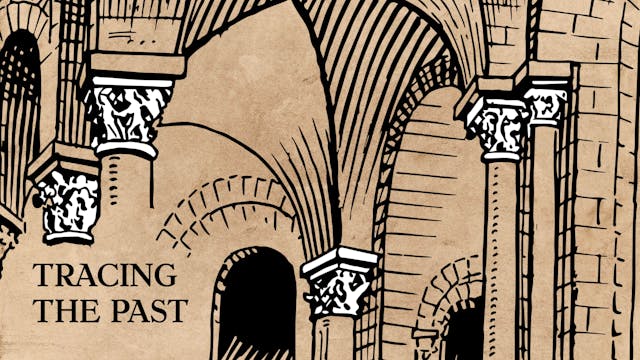An Elephant In Rome: Bernini, The Pope, And The Making Of The Eternal City
Architecture
•
1h 8m
In 1655 a new Pope, Alexander VII, fired with religious zeal, political guile and a mani for building, determined to restore the prestige of his Church by making Rome the must-visit destination for Europe’s elite. To help him do so, he enlisted the talents of Gian Lorenzo Bernini, already celebrated as the most important artist of the age.
Together, Alexander VII and Bernini made one of the greatest artistic double acts in history, inventing the concept of soft power and the bucket list destination. Bernini and Alexander’s creation of Baroque Rome, a city grander and more beautiful than since the days of Augustus Caesar, continues to delight and attract.
Loyd Grossman was born in Boston and educated at Boston University, the London School of Economics and Magdalene College Cambridge. Well known as a broadcaster and entrepreneur, he has also worked in the culture and heritage fields for three decades. He has served as a Commissioner of English Heritage and of The Royal Commission on the Historical Monuments of England, Chairman of National Museums Liverpool, Chairman of the Heritage Alliance and Chairman of the Churches Conservation Trust. He is currently Chairman of The Royal Parks, Chairman of Gresham College and President of the Arts Society. He is a Fellow of the Society of Antiquaries and of the Royal Historical Society. He was appointed CBE for services to heritage. Loyd also plays guitar and has made eight appearances at Glastonbury.
Buy the book through our online store
Up Next in Architecture
-
Romantics, Catholics &and Millenarian...
A W N Pugin (1812-1852) is now most famous as the co-designer of the Houses of Parliament. His greatest influence, however, was as a church architect. In his short life he transformed church design across Britain and Ireland and his influence extended to America and Australia. Born an Anglican he...
-
Gargoyles And Grotesques: Why Are The...
Gargoyles and grotesques are an immediate and appealing feature of many historic churches and cathedrals. Often carved into fantastic monsters and imaginative, bold, sometimes obscene figures, they have largely been dismissed as whimsical and indeed, incongruous with their setting, at best someth...
-
Tracing the Past: A digital analysis ...
Some of the most remarkable features of medieval works of architecture, particularly greater churches and cathedrals, are the ribbed vaults spanning their interior spaces. For over nine hundred years, they have inspired worshippers and visitors alike, their eyes drawn heavenwards by these captiva...



